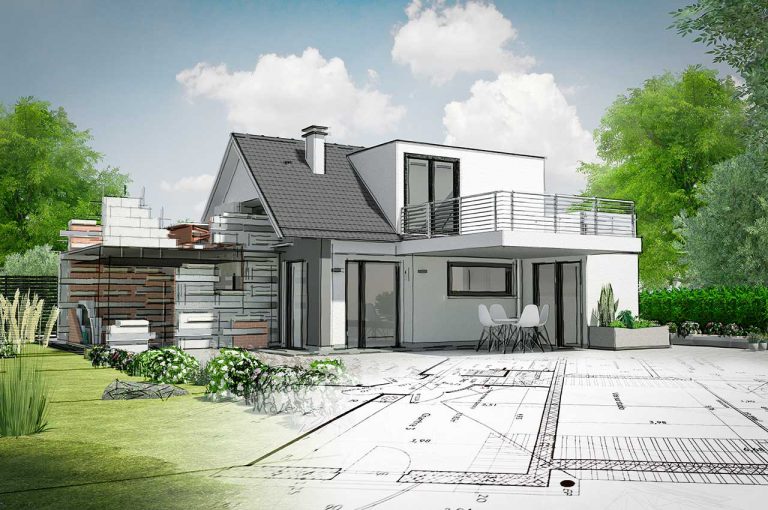
The difference between permitted development and planning permission
What’s the difference between planning and permitted development? This is one of the most frequently asked questions at Pro Arkitects. Many people often don’t know what each of them mean or get the two confused. So, this blog will explain the differences between the two.
The definition of both applications –
Firstly, planning permission is formal consent from your local authority to build or alter your home. This is in place to deter inappropriate developments.
Permitted development is a pre-determined planning consent to carry out certain improvements to your home.
What is the difference between the two?
So, full planning permission is asking permission to build. It’s usually required when building a new dwelling or making extensive changes to an existing one. In addition, a planning application can take up to 10 weeks to decide. This includes a 2-week validation period and an 8-week decision period.
Whereas, permitted development is simply notifying your local authority of your intension to do so. This was created, so that you can extend/ renovate your home without the need of full planning. As previously mentioned, works that require planning permission will require the submission of an application, whereas those that fall within Permitted Development rights do not, however, we would always advise applying for a Certificate of Lawful Development. Although, permitted development doesn’t require a decision time the application can also take up to 10 weeks. However, overall permitted development is quicker and cheaper.
What requires planning permission?
The most common are:
- Firstly, Change of use
- Two storey extension
- Changes to a listed building
- Finally, Demolish property and rebuild
Things you can do within permitted development –
- Create a porch
- Convert the loft
- Install a conservatory
- Add windows and roof lights
- Build a shed or an outbuilding
- Rear or side single storey extension






